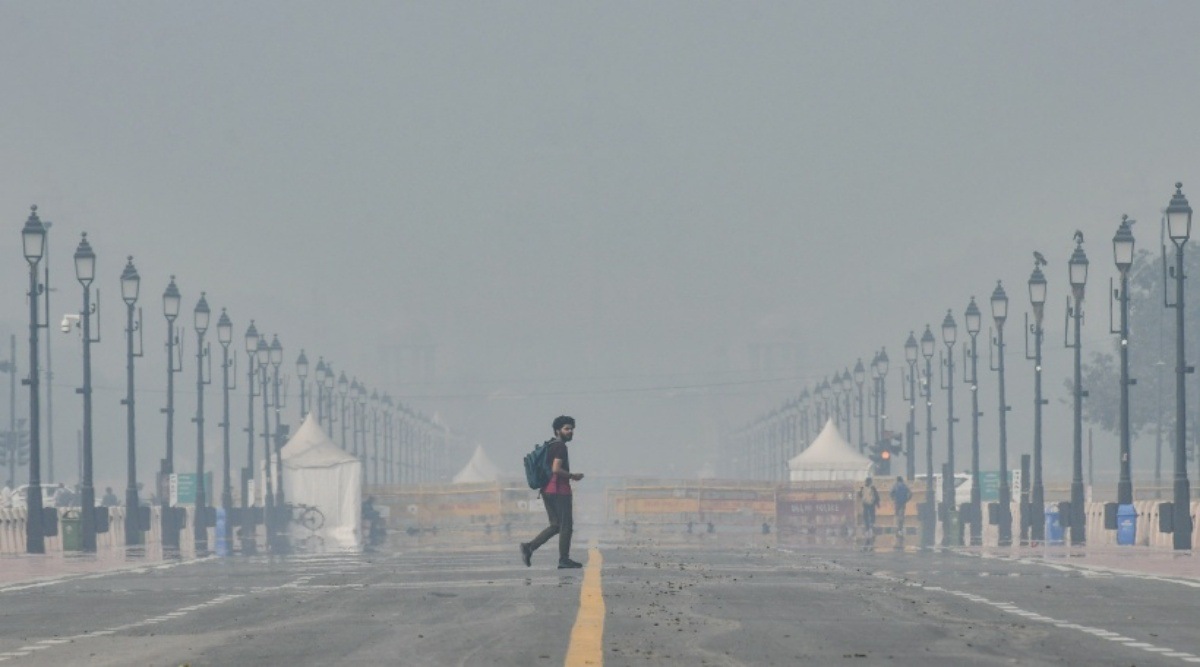 Delhi’s air quality continued to remain in the ‘very poor’ category. (File Representational Photo)
Delhi’s air quality continued to remain in the ‘very poor’ category. (File Representational Photo)Delhi’s air quality continued to remain in the ‘very poor’ category Monday morning with a 24-hour average AQI of 352 at 9 am. The worst air quality in the city at 9 am was at West Delhi’s Shadipur which recorded a 24-hour average Air Quality Index of 398. AQI between 301 and 400 is considered to be ‘very poor’.
The air quality is likely to deteriorate on Tuesday and Wednesday, but could remain in the ‘very poor’ category on these days and for six days thereafter, a forecast issued by the Air Quality Early Warning System indicates. Calm conditions are set to return on Tuesday and Wednesday, making the dispersion of pollutants difficult.
On Sunday, the Commission for Air Quality Management (CAQM) withdrew its order banning BS III and BS IV diesel vehicles from city roads as Delhi’s air quality improved and the AQI was recorded in the ‘very poor’ category. The commission also lifted restrictions imposed on trucks carrying non-essential items and on goods vehicles. Delhi Environment Minister Gopal Rai will take a decision on reopening schools and regarding work-from-home issued earlier.
The air quality was in the ‘very poor’ category in other parts of the NCR as well including Faridabad, Ghaziabad, Greater Noida, Noida, and Gurgaon in the morning.
A forecast issued by the Air Quality Early Warning System on Sunday said the AQI is set to remain in the ‘very poor’ category on Monday as well with strong easterly winds bringing an improvement in air quality.
An update from the SAFAR forecasting system issued on Monday also said that the air quality is likely to improve considering that the upper-level wind flow is not favourable to bringing stubble-burning smoke into Delhi.
The contribution of stubble-burning smoke to PM2.5 levels in Delhi was around 18 per cent on Sunday, having fallen from 21 per cent the previous day.
The number of crop residue burning events in Punjab had also fallen on Sunday to around 599 against 2817 recorded on Saturday, according to the Indian Agricultural Research Institute’s (IARI) monitoring data based on information from Nasa satellites. Burning events in Haryana also fell to 46 on Sunday, lower than the fire count of 90 the previous day.
So far this season, Delhi has recorded nine paddy residue-burning events, according to IARI’s data.